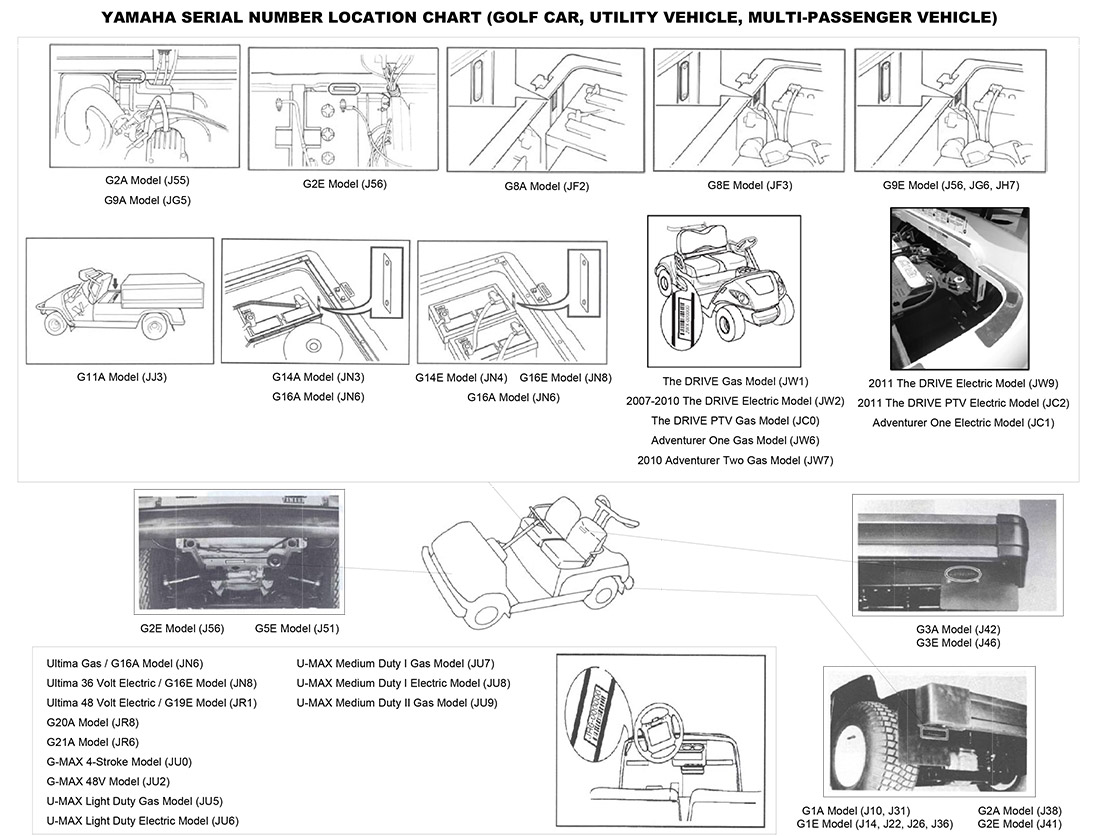Esp Serial Number Chart
ESP's technical support staff will still require pictures of the guitar, along with the serial number to accurately identify the guitar for the customer. The reason for the guitar's serial number being insufficient is the multiple guitar companies for which ESP has built parts over the years. Ibanez serial numbers are unique identifiers placed on instruments sold under the Ibanez brand. The first step in deciphering the serial number is determining the.
This project is based on a very simple Circuit that anyone can do it .
The serial number will be an 8 digit number impressed into the back of the headstock with “MADE IN USA” below. The pattern is as follows: YDDDYRRR YY is the production year DDD is the day of the year RRR is the factory ranking/plant designation number.



Power Consumption:
First, you need to keep in mind that the Esp8266 runs on 3.3V , connecting it to 5V could work but it is not recommanded.According to its Datasheet,the amperage needed for the Esp8266 to work correctly varies according to its state ( transmitting, receiving, deep sleep ,etc.. ), and reaches its highest at around 200 mA while the Arduino's DC Current for 3.3V Pin is Only 50mA,it actually works but you won't get a perfect result.
So, there are plenty of other ways to power the module (using diodes, using Zener diode, voltage regulator). I believe that the best solution is to make an independant 5 to 3.3V power regulator circuit, you will need the following components :
- LM1117 or LD1117 : A very common and cheap 3.3 V regulator that allows you to convert the 5V power used by the Arduino to the 3.3V needed by the Esp8266 module.
- A 10 µF capacitor.
Then, when it comes to the TX and RX connections, you have to avoid connecting the TX of the Arduino directly to the RX of the Esp module since that could damage both of them, so two easy solutions you can use to solve this issue. Aashiqui 2 all mp3 remix songs free download. The first one is to use a simple voltage divider with resistors (as in the diagram above) to drop down the 5V voltage from the TX Pin of the Arduino to 3.3 V or you can use a level shifter with a diode, they both do the job correctly and it's up to you to choose either one for your project.